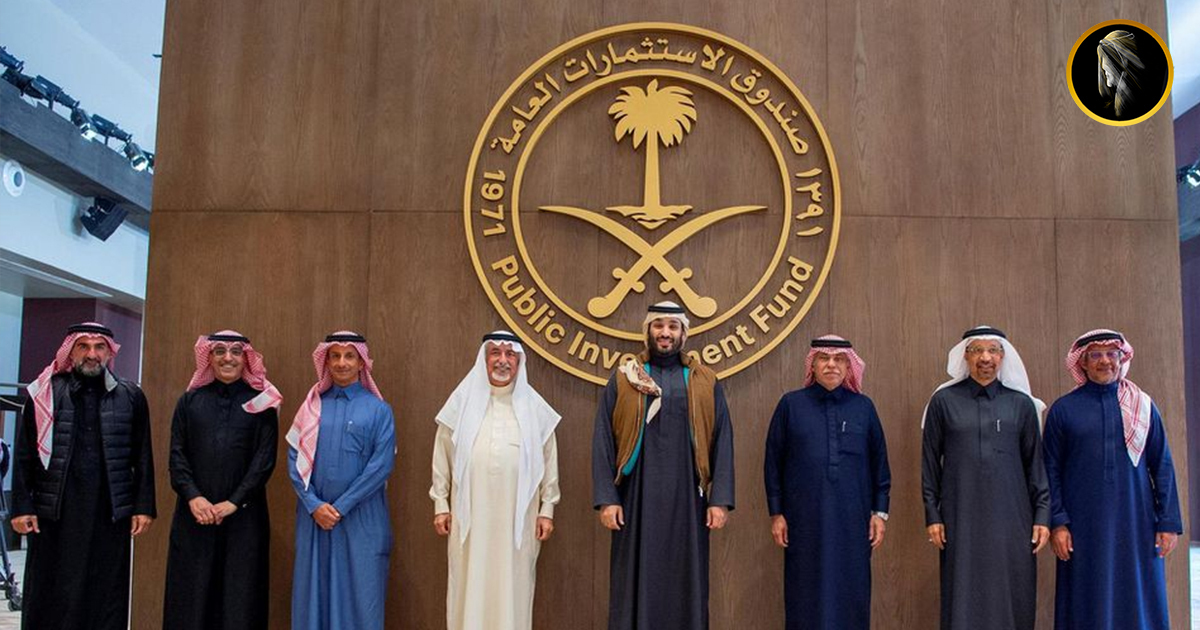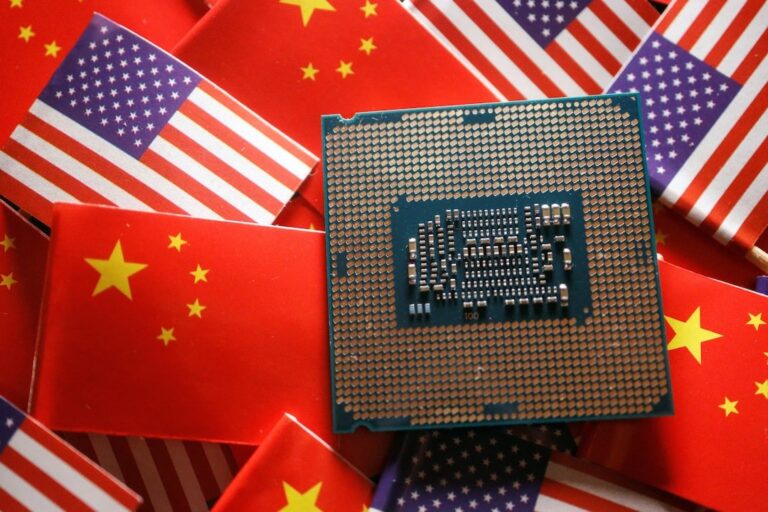Saudi Arabia’s Public Investment Fund (PIF), valued at around $700 billion, has been making headlines with its bold investments. In recent months, it has made significant moves, such as revolutionizing golf, acquiring a $3.6 billion aircraft leasing business from Standard Chartered, purchasing a 10% stake in Spanish telco Telefonica, and bidding for French soccer star Kylian Mbappé.
The PIF’s investment approach is quite different from traditional sovereign wealth funds. While others like Norway’s Government Pension Fund Global and Abu Dhabi Investment Authority focus on prudent investments in foreign assets, the PIF has a more aggressive style.
Established in 1971, the PIF was revamped in 2015 to support Saudi Crown Prince Mohammed bin Salman’s Vision 2030 plan, aimed at diversifying the nation’s oil-dependent economy and creating jobs. It doesn’t receive oil wealth directly but holds a portfolio of domestic and international assets. A significant portion of its assets is in domestic companies like Saudi Telecom and Saudi National Bank, along with an 8% stake in oil giant Saudi Aramco.
Despite its reputation for high-profile investments, the PIF allocated only 21% of its assets outside Saudi Arabia in 2022, compared to other funds that invest around a quarter of their wealth at home.
The PIF’s investment strategy is also more adventurous, with instances like a $35 billion investment in depressed Western stocks during the Covid-19 pandemic, which turned out to be profitable.
While the PIF has had some missteps, it has achieved a 25% total shareholder return in 2021 and faced a 6.5% loss in 2022, in line with other sovereign wealth funds.
However, the PIF’s goal of advancing Saudi diversification presents challenges. It aims to boost assets under management to $2 trillion, which would require a steep annual return. Achieving this may involve selling corporate holdings, borrowing, or receiving more dividends from Aramco. Increasing Aramco shares in the PIF could also help.
Ultimately, the PIF’s success in diversifying Saudi Arabia’s economy remains uncertain. It could be a catalyst for change or simply a financial resource for the government.









